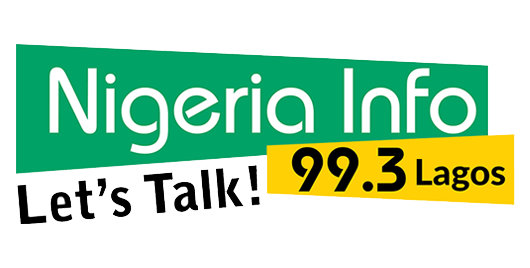
Looking through the list of graduates of the preeminent African institutions such as the African Leadership Academy and accolades such as the Forbes Africa 30 Under 30, you can spot some of the most promising young innovators, thinkers, and entrepreneurs of the continent like Hansel Ndu Okeke, the Nigerian Co-founder and CEO of Weevil Company.
The brilliant minds leading Africa’s digital revolution are young. Most are under 35, which is not surprising on a continent with a population younger than the global average. By 2030, African youth are expected to constitute 42 percent of global youth. In a demographically young society, opportunities for innovation and creativity, including those related to the fourth industrial revolution, are immense.
I argue that the EU is Africa’s best partner for technology partnerships. First, the two continents have initiated cooperation on technology-related matters. Through mechanisms such as the AU-EU Innovation partnership, policymakers sought to foster connections between tech hubs in the two continents. The EU-funded Horizon 2020 project ENRICH in Africa is another project aimed at setting up a self-sustainable network of European and African incubators and accelerators, strengthening their capacities to boost their local innovation landscape.
Any successful EU-AU joint innovation venture will need to be designed with and for youth. Youth is the greatest resource for Africa’s future and also the greatest asset to foster innovation in the continent. That is why getting their buy-in for short and long-term planning is critical. So, how do we include youth at the core of the future of the Africa-Europe innovation partnership? Building on lessons from previous experiences, I believe the EU and the AU should establish a youth-focused and grassroots-oriented AU-EU Youth Joint Innovation Venture.
I envision the JIV to do the following:
- Contribute to an enabling environment for innovation and entrepreneurship among marginalized youth communities.
- Have a grassroots approach to information gathering.
- Focus on ideas that are not yet bankable. The joint innovation programme could be structured as a “fund of funds” (following the example of VentureEU) that gives access to baseline resources for upscaling to innovative and youth-led ventures in the African continent. It could contribute to early-stage research and innovation by youth-led and community-based social innovation start-ups, and provide a platform to connect with private sector investors as well as a digital hub, to engage with peers and other entrepreneurs.
There are additional aspects that should be incorporated into an EU-AU joint innovation venture targeting youth.
First, this fund should be accessible to young entrepreneurs and innovators below the age of 30 to address the access to capital constraints youth face. Second, it should invest in small and medium-sized startups with a social mission and commitment to impact. This criterion is meant to reach youth beyond the tech hubs of the innovation capitals of the continent.
Moreover, the venture’s accessibility should open the way to more marginalized communities, promoting their access to funding sources. An example of a successful EU-led approach is the Youth Empowerment Fund. The fund has been instrumental in breaking down barriers to access EU funding for youth organizations all over the world. A simplified application process and a community-driven approach have meant that small youth organizations can overcome pre-existing barriers to EU grants.
Another lesson that could be learned from the Youth Empowerment Fund (YEF) would be to partner with private sector organizations. With the YEF, the EU International Partnerships worked with some of the biggest youth organizations, to leverage their connection to the local community and ensure meaningful funding allocation criteria. A similar approach could be adopted with the Youth Joint Innovation Venture.
JIV’s capital should be composed of both venture capital and investment funds as well as public sector funding from the European Union and the African Union. The panel that adjudicates the projects that should be receiving the funding would be composed of representatives from private and public sector institutions. This would be beneficial not only to leverage private and public sector financial resources but also to give innovators experience pitching to different types of financiers. This approach would also allow young innovators to be put in contact with private sector financiers who can subsequently contribute to scaling up the most promising ideas.
An EU-AU joint innovation venture focused on youth is not just an investment for the future; it is an investment for the present. By providing accessible funding to smaller-scale and community-focused start-ups such a venture can empower young entrepreneurs, reach marginalized communities, and drive innovation to address challenges faced by communities on the African continent.
Virginia Barchiesi is an Italian student of International Relations graduating with a Bachelor in Political Science from SciencesPo and the Georgetown's School on Foreign Service. She has been a member of the Youth Core group ahead of the EU-Africa Summit of 2022 and has worked with a grassroots NGO in Uganda.


